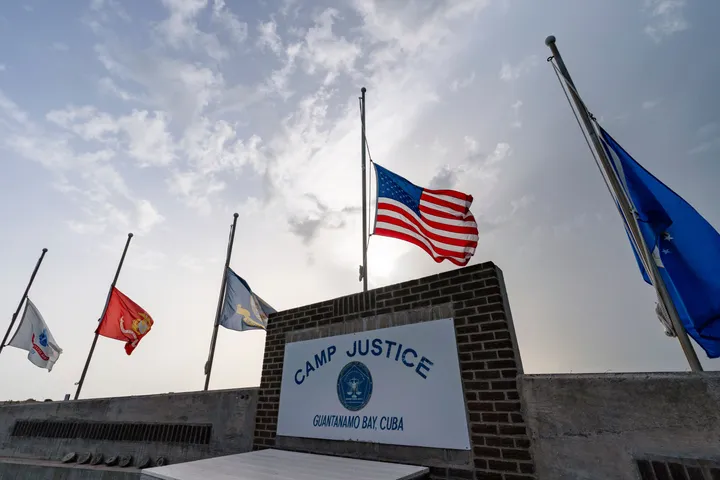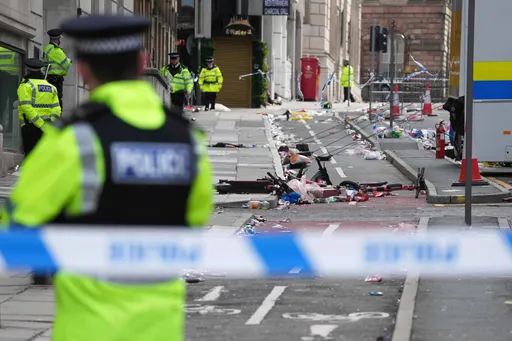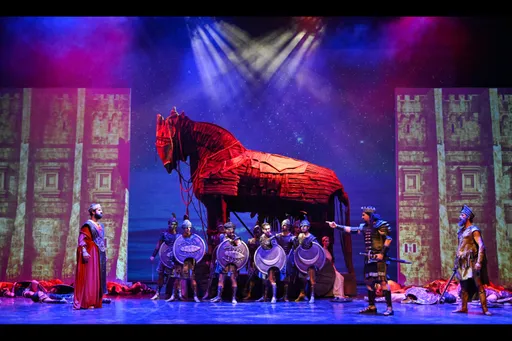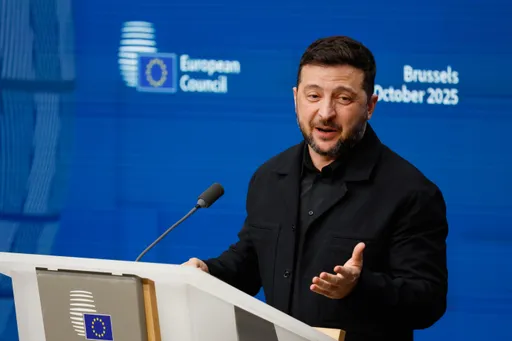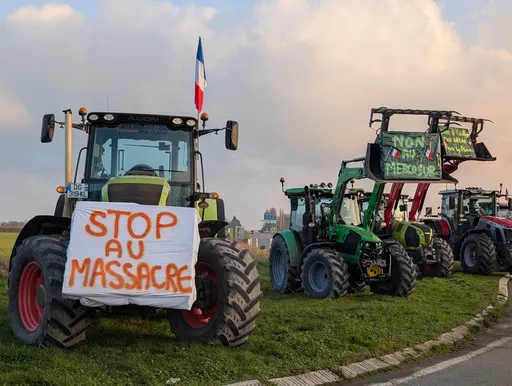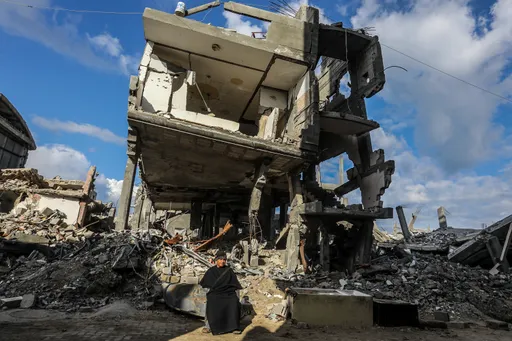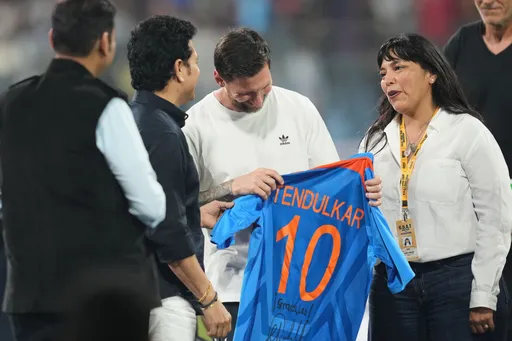Indian Prime Minister Narendra Modi is unusually quiet. And people are wondering why.
If there’s any time he should be active on Twitter, it is now. After all, 20 Indian soldiers have been killed in skirmishes with Chinese troops. And they weren’t killed in a gunfight but beaten to death with bricks and rods laced with barbed wires. Regional observers say the death toll is set to climb.
The clashes in the Himalayan region of Ladakh, parts of which are claimed by both the countries, are the first and deadliest in decades. China acknowledges that it too has lost soldiers in the hours long hand-to-hand combat on Tuesday.
But Modi’s Hindu nationalist Bharatiya Janata Party (BJP) government has struggled to come up with an appropriate response.
“This has been a real setback for not just Mr Modi but his team, which includes Foreign Minister (Subrahmanyam Jaishankar) and National Security Advisor (Ajit Doval),” said Bibhu Prasad Routray, director of Mantraya, an Indian think tank that focuses on security issues.
“They kept saying all along that they know China and they can handle the situation.”
Modi finally issued a statement on Wednesday evening saying, “India wants peace, but if instigated, India at all costs is capable of giving an appropriate response.”
For decades China and India have argued over their 3,400-km-long border known as the Line of Actual Control (LAC) — with soldiers from the two sides often coming to blows.
But not a bullet has been fired since 1975 and fights have remained limited to small-scale brawls where soldiers have shouted and at times thrown punches and rocks at each other.
Tensions have been building up for months in Ladakh, a region in the disputed territory of Kashmir, as both sides accuse each other of transgressing their de-facto border agreements by stepping into each other's territory.
The LAC runs at 15,000 feet above sea level ringed by an undefined border that stretches thousands of kilometers from Kashmir at one end to Myanmar on the other.
Small-scale clashes have been a usual occurrence between the two nuclear powers since they fought a full-blown war in 1962 over territorial integrity. The following decades passed with Beijing and New Delhi sharing frosty but largely peaceful ties. They signed a number of agreements to avert any major escalation.
Biggest challenge
For Modi, the crisis with China has come at a time when New Delhi is struggling to contain the deadly coronavirus pandemic that is killing people and ravaging an already depressed economy.
Even though foreign ministers of the two countries have spoken and called for cooling the tensions, the damage done to Modi’s image can be irreversible.
The images of dead Indian soldiers are making rounds on social media just months after the much-hyped meeting between Modi and Chinese President Xi Jinping in October, 2019 during an informal summit in Indian state of Tamil Nadu.
“India has to respond because Modi’s image in India has taken a big beating,” says Routray. “It can be a diplomatic or military response or may come in the shape of possibly receiving some kind of assurance of assistance from the United States”
Modi, who has been elected to power twice in the last six years, has seen a drop in his popularity amid a host of challenges.
The promise of improving the economy helped BJP cement its hold in the past few years, but with a series of economic missteps that perception had tapered off even before the pandemic struck. The government’s hasty lockdown pushed poor laborers out of work and many died as they walked hundreds of miles from various cities to their villages in the summer heat.
In the face of adversity, Modi has almost always been bombastic. In late February last year, Modi captivated his countrymen with a cross-border military action against Pakistan.
His government claimed to have conducted a "surgical strike" on an alleged militant camp in Pakistan’s Balakot region, a claim the Pakistani army refuted, saying Indians had struck a bunch of trees and killed a crow instead. But with the help of Indian media, which is believed to be dancing to Modi's tune, he was all over the media landscape.
But China is not Pakistan, says Routray.
“With China you can’t have that kind of operation when you fly over there and bomb a place.”

